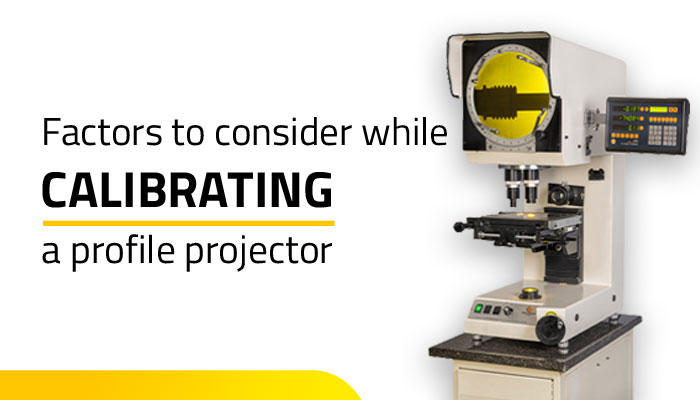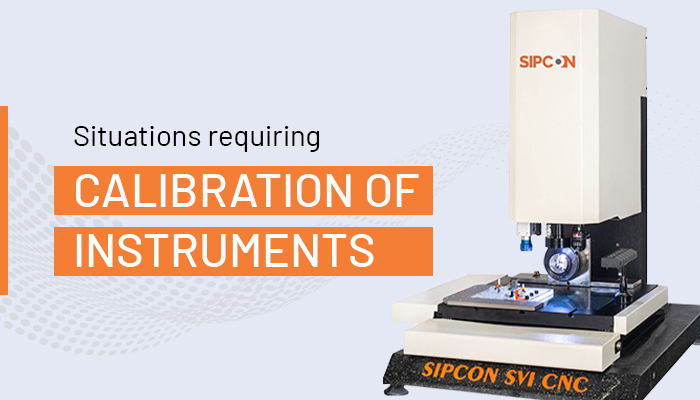Factors to consider while calibrating a profile projector
A profile projector, also known as an optical comparator or shadowgraph, is an essential tool for measuring and inspecting the dimensions and features of various parts, components, and assemblies. To ensure accurate and reliable results, proper calibration is crucial. Here are some factors to consider while calibrating a profile projector:
1. Calibration standards: Use certified and traceable calibration standards, such as gauge blocks, pin gauges, or step wedges, to ensure the accuracy of measurements. These standards should be calibrated at regular intervals and stored under controlled conditions.
2. Environmental conditions: Temperature, humidity, and vibration can impact the accuracy of the profile projector. Maintain a stable and controlled environment with minimal fluctuations in these factors.
3. Optical components: Inspect and clean the optical components, such as lenses, mirrors, and reticles, to ensure they are free from dust, dirt, and scratches. Damaged or dirty optical components can result in inaccurate measurements.
4. Light source: Ensure the light source is functioning correctly and is of the appropriate intensity, as it plays a crucial role in projecting the image onto the screen. Replace any worn or damaged bulbs and adjust the brightness as needed.
5. Alignment: Check the alignment of the optical axis, stage, and screen. Misalignment can lead to measurement errors. The stage should be parallel to the optical axis, and the screen should be perpendicular to the optical axis.
6. Magnification: Verify the magnification settings using a calibration standard with known dimensions. Adjust the magnification settings as needed to ensure the measurements are accurate.
7. Software: Ensure that the software used for image analysis and measurement is up-to-date and functioning correctly. Regularly calibrate the software using known standards to maintain accuracy.
8. Operator training: Ensure that operators are properly trained in using the profile projector and are aware of potential sources of error. Encourage them to follow the manufacturer’s guidelines and best practices.
9. Maintenance and service: Regularly inspect, clean, and maintain the profile projector to ensure it remains in optimal working condition. Schedule periodic service checks with a qualified technician to identify and address any potential issues.
10. Recordkeeping: Maintain accurate records of calibration, maintenance, and inspection activities to ensure traceability and facilitate audits. This documentation is crucial for meeting quality management system requirements and demonstrating compliance with relevant standards.




